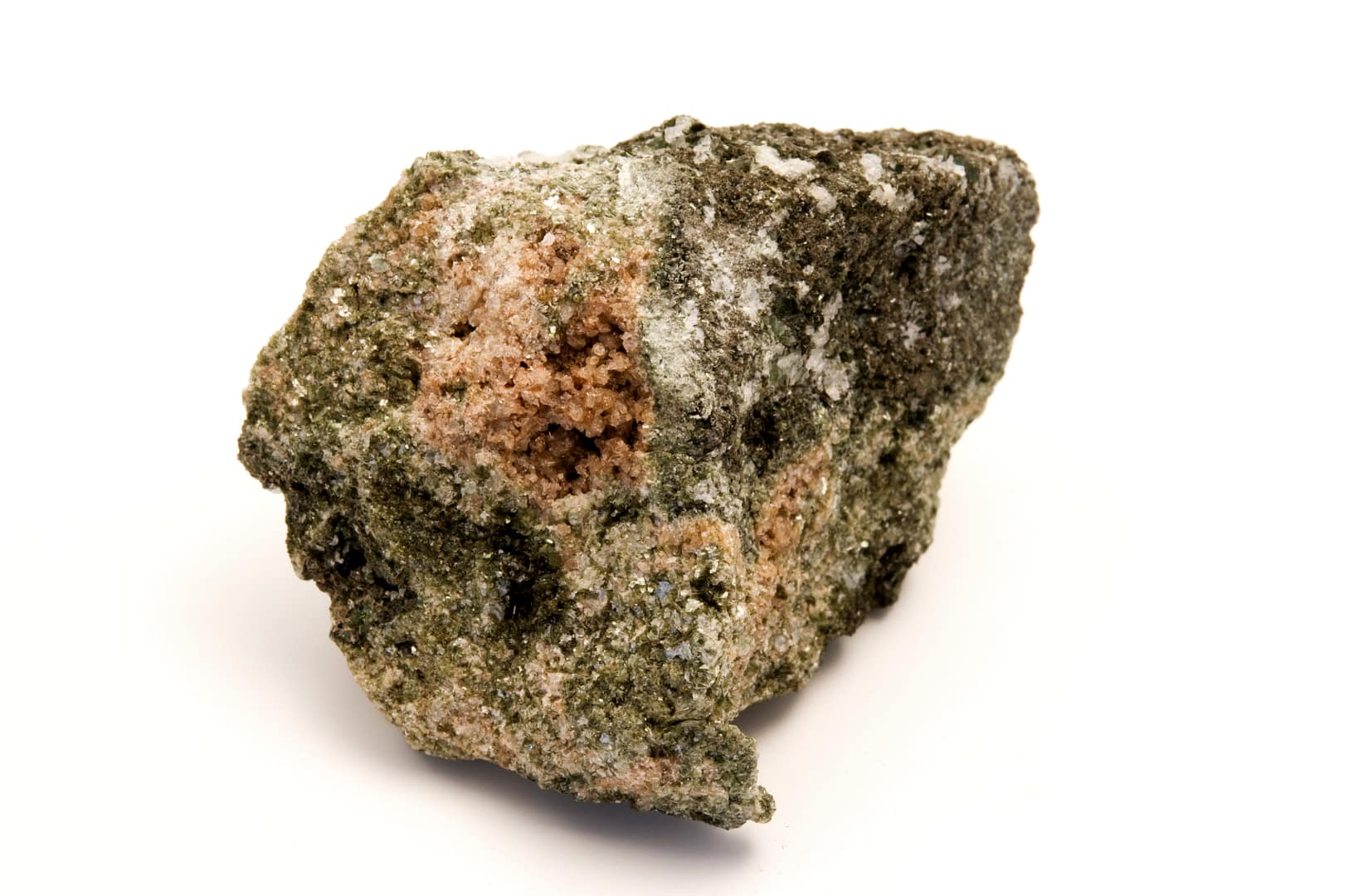Lithium hydroxide is the secret ingredient that makes everything from batteries to pharmaceuticals possible! It’s the go-to for charging your phone, powering up your car, and even pumping up your health (well, to a certain extent). Let’s check that out.
Table of contents
What is Lithium Hydroxide?
Lithium hydroxide is a white, odorless powdery compound. Its chemical formula is LiOH, and it is often used in the production of other chemical compounds, such as lithium batteries and pharmaceuticals (more to that in a minute).
Lithium hydroxide has many industrial applications because of its high reactivity with water and other compounds. In industry, it is commonly used as a base for metal production, as a flux in welding operations, for electroplating processes, occasionally for the desalination of seawater, and even in food preservation processes.
When used in batteries or other electronic devices, our chemical of interest today helps to create chemicals that store electrical energy. This is due to its ability to quickly form a salt bridge between positive and negatively charged ions. When this happens, electrons are exchanged between ions, resulting in an electrical current being created. The power created by this process is then stored until it can be released by triggering the reaction again.
In addition to powering an array of devices, lithium hydroxide also has several medicinal properties, including the ability to reduce blood pressure and fatigue levels while promoting mental clarity and emotional balance – at some point it was even integral to the recipe of… 7up!
It’s also effective at treating certain medical conditions, such as bipolar disorder.
Is LiOH an Electrolyte?
If you’ve skipped chemistry lessons: an electrolyte is a compound that carries an electrical current when dissolved in a solution. And indeed, yes, LiOH is an electrolyte!
Lithium hydroxide has this property because it forms salt bridges between the positive and negative ions of other compounds, allowing electrons to move freely, as previously explained. So, even though it doesn’t get as much attention as some of its counterparts, it certainly deserves its place among the heavy hitters of the chemical world!
What is Lithium Hydroxide Monohydrate?
Lithium hydroxide monohydrate is a white, odorless powder with the chemical formula LiOH.H₂O. It is created when LiOH combines with water molecules, and it is commonly used in the production of batteries, pharmaceuticals, metal alloys, and even food preservation processes.
(but I’m spoiling the next section here, so I’ll keep it short)
What is Lithium Hydroxide used for?
Lithium hydroxide has a wide range of uses across many different industries, such as batteries, pharmaceuticals, metal alloys, and even food preservation.
Applications in Spacecraft
Lithium hydroxide is an important component in spacecraft, as it helps to regulate the atmosphere on board and ensure that the air is safe for people and other living things. Lithium hydroxide removes carbon dioxide from the air, which is essential for ensuring a healthy atmosphere. It is also used to neutralize acids created by spacecraft waste and reduce overall acidity levels. Furthermore, it can be used to strip oxygen from the air and make it more hospitable for astronauts in long-term space missions.
Removing Carbon Dioxide
Lithium hydroxide helps remove carbon dioxide from the air by breaking it down into other components. When LiOH comes in contact with carbon dioxide, the reaction that takes place forms lithium carbonate and water.
The amount of carbon dioxide that lithium hydroxide can absorb depends on its concentration — higher concentrations can absorb more CO2. Under normal atmospheric pressure, LiOH can absorb up to 400 parts per million (ppm) of carbon dioxide before it needs to be replaced or replenished.
Industrial Applications
Lithium hydroxide is used in a variety of industries, such as air treatment, water treatment, and ceramic production.
In air treatment, it is used to remove toxic gases like carbon dioxide and sulfur dioxide from the air.
The next application is quite familiar to the regular readers of this website: in water treatment, it can be used to soften hard waters and make them suitable for drinking or bathing.
In the ceramics industry, it is used to create glazes as well as reduce shrinkage in clay bodies during firing. It is also used to neutralize acids in industrial process work and reduce overall acidity levels.
Lithium Hydroxide uses in Lithium-Ion Batteries
Lithium hydroxide is used in the production of lithium-ion batteries, which are rechargeable and often found in consumer electronics, such as smartphones and laptops. It is hence expected to power the EV revolution!
LiOH serves an important role in these batteries by providing ions that can be transferred between the positive and negative electrodes of a battery. It also helps reduce the risk of an explosion by reducing heat buildup and dissipating it away from the battery.
In addition to its use in lithium-ion batteries, Lithium hydroxide is also used to help improve the performance and longevity of other kinds of batteries, including lead acid and alkaline.
Who discovered Lithium Hydroxide?
Lithium hydroxide was first synthesized in 1853 by Swedish chemist Carl Wilhelm Scheele. He noticed that when heated, a mineral called lepidolite emitted an odor of burnt sugar and produced a white powder after cooling. Scheele identified this powder as LiOH and determined its properties thereafter.
Funnily enough, even if spodumene has supplanted lepidolite as a source of “white oil”, lepidolite is still used (especially in China), and the refining process that ultimately produces our famous hydroxide still starts with a heating phase.
But that’s another story I’ve told you right here: (check it out!)

